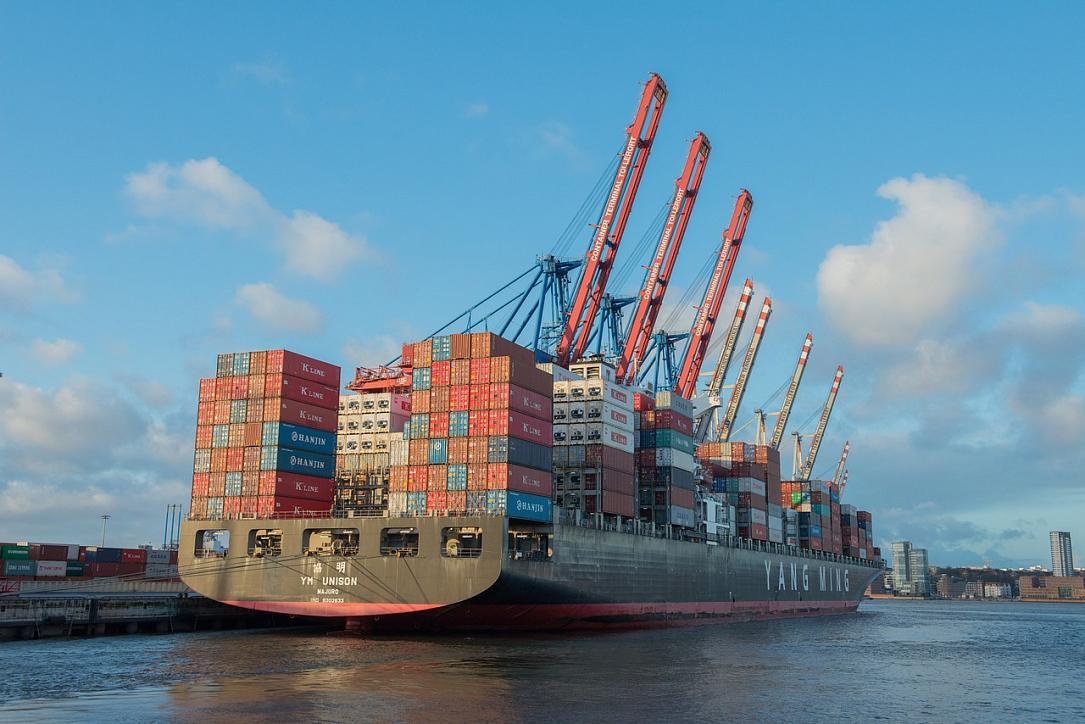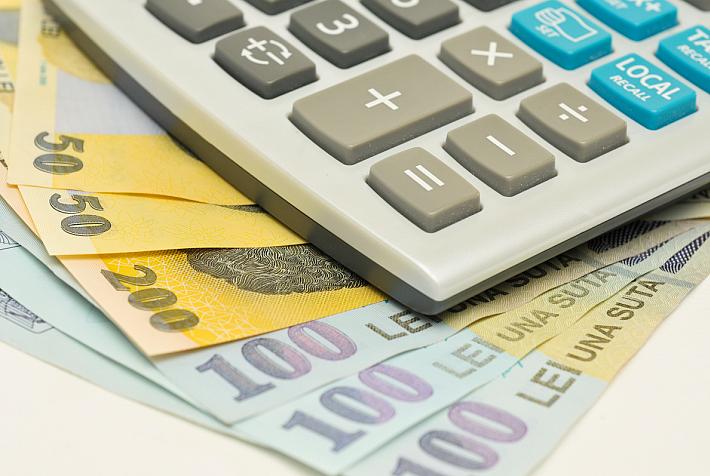Romania’s exports, down 11% in March, imports also decline by 2%

Romania's exports decreased by 11% to EUR 6.13 billion in March, compared to the same month last year. The country's exports were visibly hit by the lockdown and less intense economic activity in the second part of the month.
The imports also decreased by 2% on an annual basis to EUR 7.30 bln, reflecting both the less intense economic activity but also the logistics problems that followed the closure of borders.
As a result, the trade deficit in the third month of the year surged by 43% compared to March 2019, reaching EUR 1.86 bln.
Nonetheless, the transitory deterioration of the external balance is likely to be short-lived, and the trade balance might improve on the medium term.
For the entire first quarter of the year (Q1), the foreign trade numbers show a more moderate widening of the trade deficit: by less than 20% year-on-year to EUR 4.46 bln.
Exports decreased by 2.6% to EUR 17.07 bln while imports increased by 1.3% to EUR 21.53 bln in Q1 compared to the same period last year.
The external balance is not among the main threats to macroeconomic stability during the crisis and post-crisis period (unlike the budget balance or economic slowdown).
The crisis has significantly hit local consumption, which will also reflect on the evolution of imports.
The European Commission projected a 14.4% contraction of Romania's imports this year (volume terms) compared to only a 12.8% decline in exports - which would result in a positive impact of the net exports to the GDP. At the same time, the country's trade deficit could shrink to 6.6% of GDP this year, from 7.8% of GDP in 2019, according to the EC.
The change in the foreign trade patterns also opens the door for Romanian producers to substitute imports and expand to other markets. The sectors where this is possible are sanitary equipment as well as food and consumer goods.
"The recent shocks in the world economy represent the most important opportunity for Romania after the collapse of the communist regime in the direction of leveling the trade balance, especially with agri-food goods and chemicals. This perspective is conditioned by the intensification of investments in these branches and critical infrastructure as a whole," commented Banca Transilvania's chief economist Andrei Radulescu quoted by Ziarul Financiar daily.
(Photo: Pixabay)
editor@romania-insider.com













